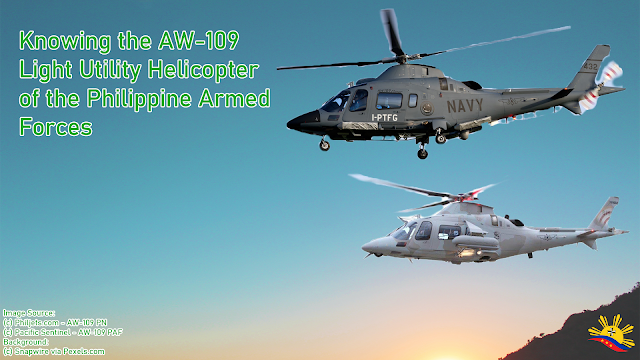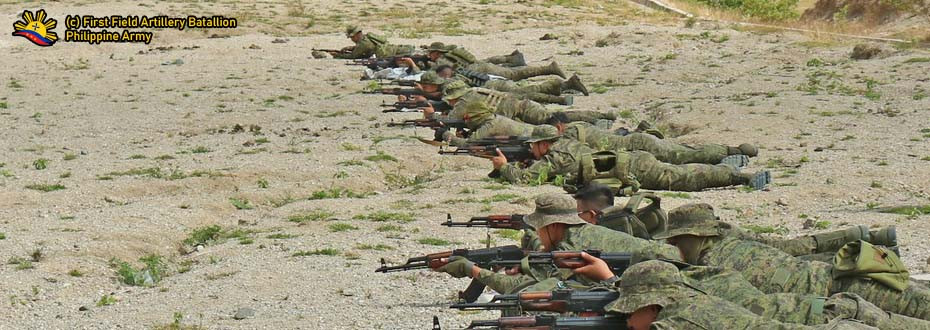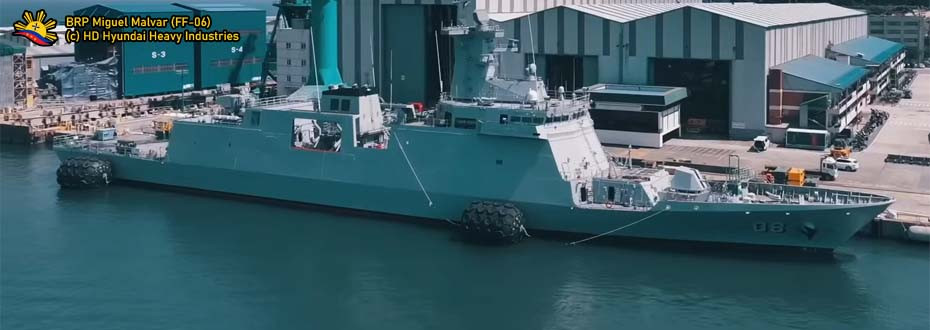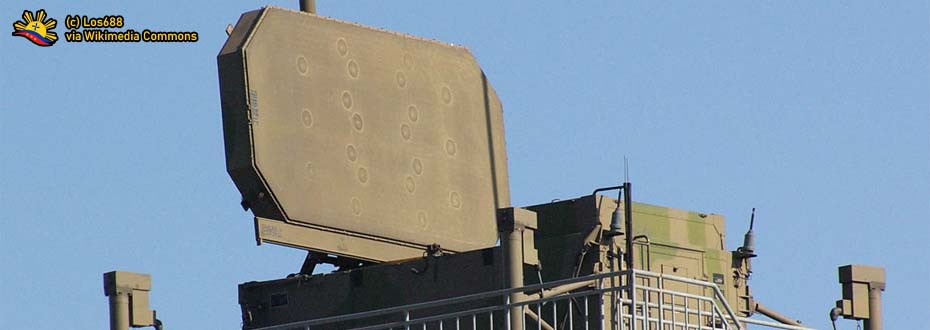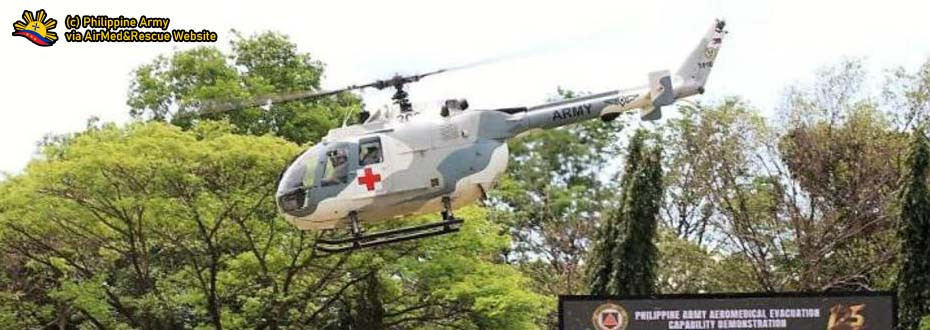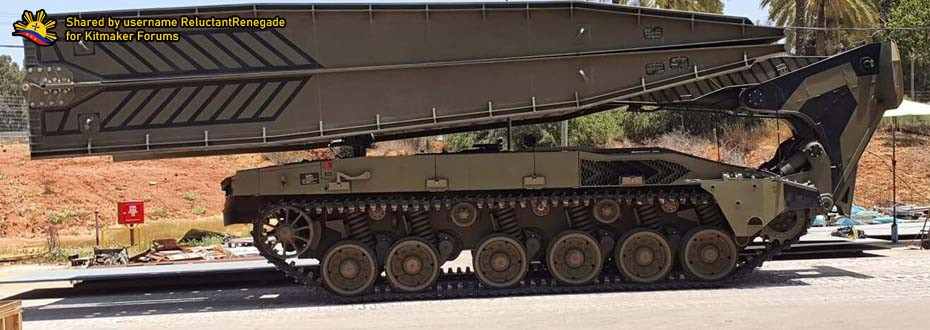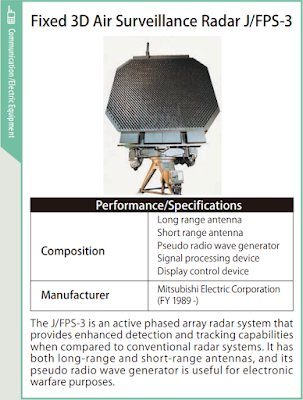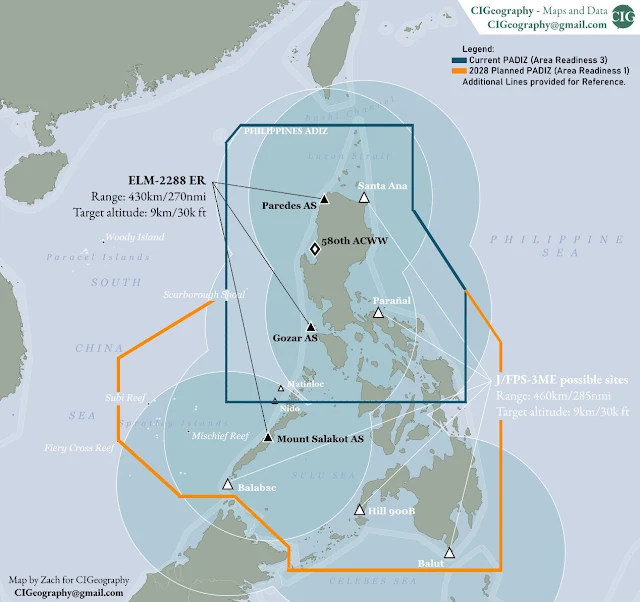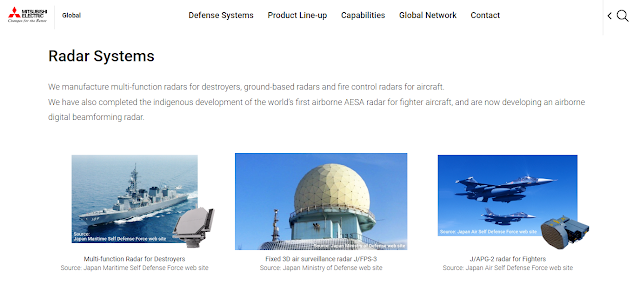The Philippine Army is currently in its process of improving its overall capabilities, specifically with its Aviation 'Hiraya' Regiment, where they currently seek military hardware from multiple sources as part of its effort of increasing its fleet of air assets to operate on, decreasing their reliance to the Philippine Air Force counterparts.
Currently, they are relying on this rotary aircraft workhorse for them to conduct their mission requirements, primarily dealing with transporting the injured from the combat front lines to the makeshift hospitals that provide them medical attention.
THE DONATION
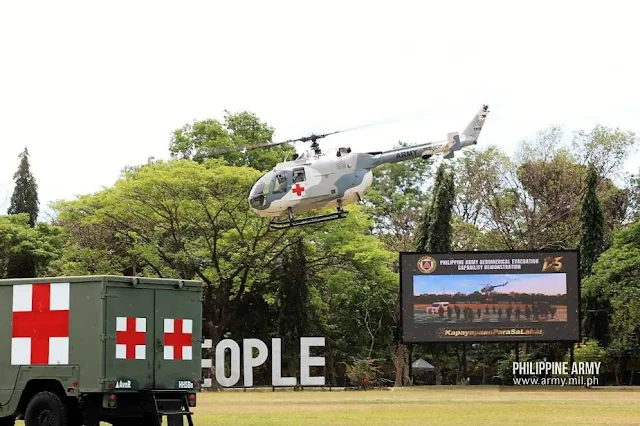 |
Here is the Philippine Army's BO-105 helicopter, currently serving as an air ambulance.
Image Source. |
Philippine Army's Aviation 'Hiraya' Regiment in the early 2020s barely have any assets like helicopters in its fleet, and that all changed when a donation took place in the year 2021, as the known Philippine business Tycoon Manny V. Pangilinan of Metro Pacific Investments Corporation foundation handed over this single helicopter to the newly formed unit of the Philippine Army, founded on July 5, 2019.
The leadership within the Philippine Army has thanked the business tycoon for its donation, saying that having the BO-105 Multipurpose Helicopters in its fleet helps the Aviation 'Hiraya' Regiment in developing its capabilities to get into rotary aviation or getting to know how to operate helicopters basically, and it paves the way for them to have more of such assets later on.
Take note that this service branch of the Armed Forces of the Philippines fully relies on the airlift capabilities of their counterparts in the Philippine Air Force, and having these helicopters, the organization sees it as a stepping stone of its effort of improving its capabilities further, as it seeks military hardware from other countries ranging from UH-1J Combat Utility Helicopters from Japan Ground Self Defense Force or JGSDF, to others like when the United States offered their second-hand UH-60 Black Hawk Helicopters through an Excess Defense Articles or EDA program.
Just a year later, another donation took place when Dornier Technology donated a second BO-105 Multipurpose Helicopter to the Philippine Army on October 26, 2022, adding the overall number of the said helicopter that the Aviation 'Hiraya' Regiment operates to at least two (2) units, significantly increase the number of rotary aviation capabilities of the service branch by at least 50%.
As this serves as the current mainstay helicopter for the Philippine Army's air logistics operations, in this article we will discuss the company behind the production of these known helicopters, along with other relevant information such as the service of this type in other military service branch like the Philippine Navy and agencies such as the Philippine Coast Guard, and also regarding its specifications as compared to other type of helicopters within the Philippine Armed Forces service.
KNOWING MESSERSCHMITT-BOLKOW-BLOHM (NOW AIRBUS SE)
 |
This is a Rockwell-MBB X-31 Vector Experimental Aircraft, designed to study thrust vectoring among fighter jets.
Via Wikimedia Commons.
|
Messerschmitt-Bölkow-Blohm, abbreviated as MBB, is an important German Aerospace Company that provides aviation-related service in West Germany, itself resulting from mergers that took place during that time, with its main component being the Messerschmitt AG of Dr. Willy Messerschmitt, a company that primarily produces military aircraft during the Second World War for Nazi Germany's Luftwaffe.
The company saw its origin in Augsburg's Bayerische Flugzeugwerke, abbreviated as BFW, when it has founded in 1926 as a successor to the Udet Flugzeugbau, a Munich-based aerospace company that has founded in the early 1920s, just three years from the end of the First World War that have led to the country's defeat. This Munich-based aviations company is short-lived though, with only around half a decade in existence.
German aircraft designer and engineer Dr. Willy Messerschmitt, himself being an Augsburg local, joined Bayerische Flugzeugwerke in the same year the company has founded, when he designs gliders and sailplanes at his earlier interest, until eventually the company has itself reorganized into Messerschmitt AG, itself focused in producing massive amounts of BF-109 fighter planes and the BF-110 twin-engine fighter planes as part of the German war effort when it conquered most of Europe.
The said fighter aircraft that Messerschmitt AG produced for Nazi Germany, especially the BF-109 fighter plane, proved to be exceptional enough that it formed a bulk of the Luftwaffe's fighter aircraft force, itself being the mainstay aircraft that took part in multiple campaigns during the war like the Spanish Civil War, the campaigns in North Africa, the 1941 Battle of Britain, and in areas that the German forces are forcing themselves in, on both Eastern and Western fronts of the conflict.
After the Second World War, which resulted in the devastating loss to Germany upon its downfall in May 1945, the victorious Allied powers issued a ten-year moratorium to the German aviation industry, inflicting further losses to companies like the Messerschmitt AG, whereby in 1957 when the moratorium expired, these companies fully recovered much and prompted the West German government to merge these companies and having an upright aerospace industry.
In the year 1968, the company merged and named as Messerschmitt-Bolkow-Blohm, when Messerschmitt AG merged with the Bolkow company, founded in 1948 by Dr. Ludwig Bolkow that produces sport and civilian aircraft, sailplanes, electronics and small space vehicles. Within the same year, another merger happened, this time with Hamburger Flugzeugbau GmbH of Blohm and Voss Shipbuilding, hence the name of three companies merged, abbreviated as MBB.
It is in the newly merged entity of Messerschmitt-Bolkow-Blohm that they produce the BO-105 Multipurpose Helicopters, along with others like participating in the commercial aircraft market as the manufacturer of fuselage for Airbus aircraft like the A300, A310, and A320 series. It took them decades before being merged into EADS or the European Aeronautic Defense and Space Company in 2000, and eventually renamed as Airbus Group in 2014.
THE BO-105 HELICOPTERS IN OTHER PHILIPPINE GOVERNMENT SERVICE
 |
One of the Philippine Navy's six (6) originally assembled BO-105 Helicopters from PADC.
(c) Michael D. Kennedy, USMC (Via Wikimedia Commons). |
While the Philippine Army getting its newest capability through the donations of BO-105 Multipurpose Helicopters that help boost its Aviation 'Hiraya' Regiment, the service that this type of helicopter provides isn't entirely new to other Philippine government entities, as they have operated this type of rotary aviation platform even before the Philippine Army does, at the time that the AFP Modernization Program isn't in its full swing.
The Helicopters, going alongside the BN Islander aircraft that the Philippine Navy received, serves as the Naval Air Group (Now Naval Air Wing)'s mainstay aviation platforms for the unit to conduct its operations since 1974 when it first entered service, and since then provides the airlifting capabilities that the naval service branch needs until it gets replaced with the newer AW-109 Power Helicopters that are assigned to any of the Navy's large combat and support vessels that has a helipad and a hangar onboard.
Speaking of the Philippine Aerospace Development Corporation or PADC, they have assembled at least 44 units of the BO-105 Multipurpose Helicopters since their establishment in 1973, as this licensing agreement they have with Messerschmitt-Bolkow-Blohm of West Germany helped them not only to supply Philippine Navy's Naval Air Group of helicopters, but also with other agencies that have operated such type of helicopters for their maritime law enforcement operations like the Philippine Coast Guard.
Like the Philippine Navy, the Philippine Coast Guard's Air Group or CGAG received a BN Islander from the Philippine National Oil Company - Energy Development Corporation or PNOC-EDC and a BO-105 CB Helicopter from the Philippine Aerospace Development Corporation as its first fixed-wing and rotary aviation platforms respectively, with the latter eventually having at least two (2) units in its inventory.
Again, like in the Philippine Navy, the BO-105 Helicopters served as the mainstay rotary aviation platform for the Philippine Coast Guard to use in its at-sea rescue operations and maritime patrol operations that augment its white hulled ships, which until it eventually gets augmented with a newer rotary aviation platform that the agency received, coming as the H-145 Helicopter that is a product of Airbus Helicopters, a firm subsidiary to the Airbus SE that succeeded EADS and MBB before it.
This goes to show that both the Philippine Navy and the Philippine Coast Guard experienced having the BO-105 Multipurpose Helicopter as their respective mainstay rotary aviations platform, effective in carrying out duties and responsibilities in-line to the mission requirements that both government military and uniformed organizations hold throughout its serviceable life, until it gets replaced eventually by more modern ones, a result of an ongoing Modernization program.
THE SPECIFICATIONS
 |
Here are the technical details of a BO-105 Multipurpose Helicopter.
Image Source. |
The BO-105, as considered by The Flying Bulls on their website where the technical specifications (seen in the image above) originate, sees the helicopter platform as a one of the first light helicopters in the world suited for performing the same maneuvers as conventional fixed-wing planes, as the specifications it has played the factor for their skills to showcase in doing stunts with this platform.
For basis, let us take note that the engines comprising the AW-109 Helicopters that the Philippine Navy currently uses after having the BO-105 Helicopters as its mainstay platform, comes with 2x Pratt and Whitney Canada PW207C, a version of the PW200 series that has a shaft horsepower of 572, whereas the Airbus H-145 Helicopters comes with 2x Safran Helicopter Engines Arriel 2E as its primary engine configuration, with 828-894 shaft horsepower.
Another metric to consider is the capacity of each helicopters to carry the people onboard, as comparing the BO-105 Multipurpose Helicopter to the H-145 Helicopter from Airbus Helicopters (a spiritual MBB successor) that the Philippine Coast Guard has currently in its rotary aviations fleet, the latter has the greater capacity especially in carrying up the crew and passengers, as the BO-105 Multipurpose Helicopter only comes with a 5 people onboard as opposed to the H-145 Helicopter's ten (10) to twelve (12) people capacity.
The Leonardo AW-109 Helicopters that both the Philippine Navy and Air Force have in their fleet also come with a better capacity regarding the number of people is allowable onboard the aircraft, as it comes with the capacity of carrying one (1) to two (2) crews along with the maximum of six (6) passengers, as opposed to the BO-105 seats being limited to only one (1) pilot and four (4) passengers.
Other relevant information that can scoop up between the three helicopters mentioned is that the maximum takeoff weight (MTOW) of the BO105 Helicopter comes at around 2,400 kilograms, comparing to the Airbus H-145 helicopter's 3,800 kilograms and Leonardo AW-109 helicopter's 3,200 kilogram external load, really making the BO-105 Multipurpose Helicopter the lightest rotary aviation platform there is, as mentioned by The Flying Bulls on their website.
It goes to show that the BO-105 Multipurpose Helicopters comes with its versatility, all thanks to its lightweight composition of its fuselage, although it comes at the cost of losing the overall capacity of carrying additional passengers onboard, just as the Philippine Navy and the Philippine Coast Guard sees benefit in replacing their BO-105 Helicopters into these better rotary aviation platforms like the AW-109E Power and the Airbus H-145 Helicopters, respectively.
TO SUMMARIZE THIS UP
The Philippine Army is currently laying the groundworks of what will be a capable sub-unit in the organization that oversees operation for both of its rotary and fixed-wing aircraft, in an essence that it may eventually rely less from its counterparts in the Philippine Air Force and improving its logistical capabilities along the way, with the donated BO-105 Multipurpose Helicopters it currently have serves as a first step of what’s coming.
Speaking of donations, let us not forget that the Philippine Army also received a fixed-wing aircraft, which comes as a donated SD3-30 (C-23) Sherpa Cargo Aircraft, which like the BO-105 rotary aviation helicopters, serves as a significant boost on the overall airlifting capabilities of this service branch, as this can also transport troops and equipment in areas across the country as part of its aims of the regiment’s continuous growth.
Having the BO-105 Helicopters as the mainstay platform of the Philippine Army’s Aviation Regiment is not surprising as other agencies like the Philippine Navy and the Philippine Coast Guard also undertook this approach, although one can say that this is also a crucial one for the regiment, as this allows the Army personnel to familiarize the platform and gaining the experience on repairing, maintaining, and operating the helicopter, until they eventually get sufficient skills to get into more modernized aviation platforms later on.
This approach is helpful for the Philippine Army, as they are aspiring to have other platforms like the UH-1J Helicopters from the Japan Ground Self-Defense Force that the Japanese government may donate later on as part of their ever-improving relations with the Philippines, along with other platforms like another ‘possible’ offer from Japan with their licensed copies of AH-1S Cobra Attack Helicopters as they have plants to have those platforms decommissioned from service, eventually.
As the BO-105 Multipurpose Helicopters now serving the mission requirements of the Philippine Army, its purpose may eventually help the organization in further improving its aviation capabilities, especially with the Army Aviation ‘Hiraya’ Regiment’s expertise in this field, as this may enable the organization to handle more air assets eventually, with their counterparts in the Philippine Air Force focusing more on assets designed to implement the Philippine Air Defense Identification Zone or PADIZ.
